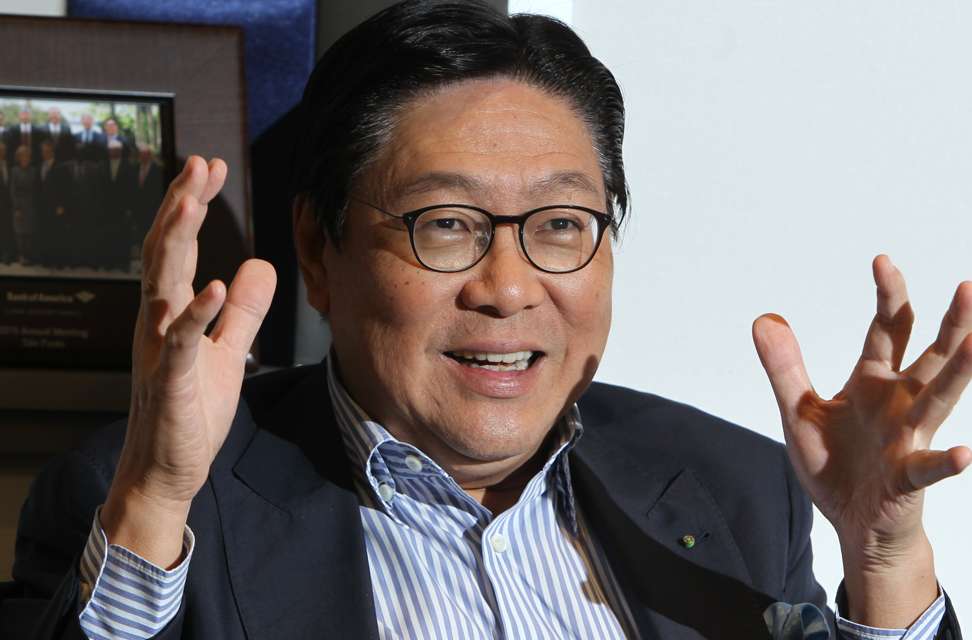
Rail link row sparks call for mutual agreement on co-location of mainland and Hong Kong checkpoints
State and local officials debate over the best way to implement immigration measures on the joint terminus for the HK$84.4b project
Tien said such comments would further strain cross-border tensions.
Critics felt the proposed co-location would contravene Article 18 of the Basic Law, which stated that national or mainland laws should not be applied in the city. The only exception was if such laws were listed in Annex III of the mini-constitution.

However, a source with knowledge of the matter believed it was impractical to interpret or amend Article 18.
A more feasible option, the sourced added, was for the Hong Kong and Beijing governments to come up with an agreement that would only take effect with the national and local legislatures’ approval.
Such an agreement was signed about a decade ago for Hong Kong immigration officers to operate at the Shenzhen Bay Control Point, a part of which is leased to Hong Kong until 2047.
Former chief secretary Henry Tang Ying-yen, now a standing committee member of the Chinese People’s Political Consultative Conference, questioned why the model could not be replicated.
But lawmaker Eddie Chu Hoi-dick said even if the facilities were compatible with the Basic Law, it would not ease Hongkongers’ general distrust of mainland authorities.

“Even if we accept co-location, mainland officers still cannot enforce the law in the city, let alone have the right to use detention centres,” Chu said. He was referring to the layout plans of the mainland section of the terminus leaked by Chinese-language daily Ming Pao on Monday.
He added that a solution was to authorise Hong Kong officers to execute mainland clearance procedures.
Meanwhile, the MTR Corporation was quick to distance itself from the row, saying it was merely acting as the project manager for the HK$84.4 billion construction.
“We construct according to the government’s plan ... the co-location negotiation is for the government to handle,” chairman Frederick Ma Si-hang said on Tuesday.
Ma declined to state when the plan was provided to MTR Corp, only saying that it “had been some time” already and that overall progress remained “satisfactory” and “within expectations”.
Additional reporting by Emily Tsang in Beijing




